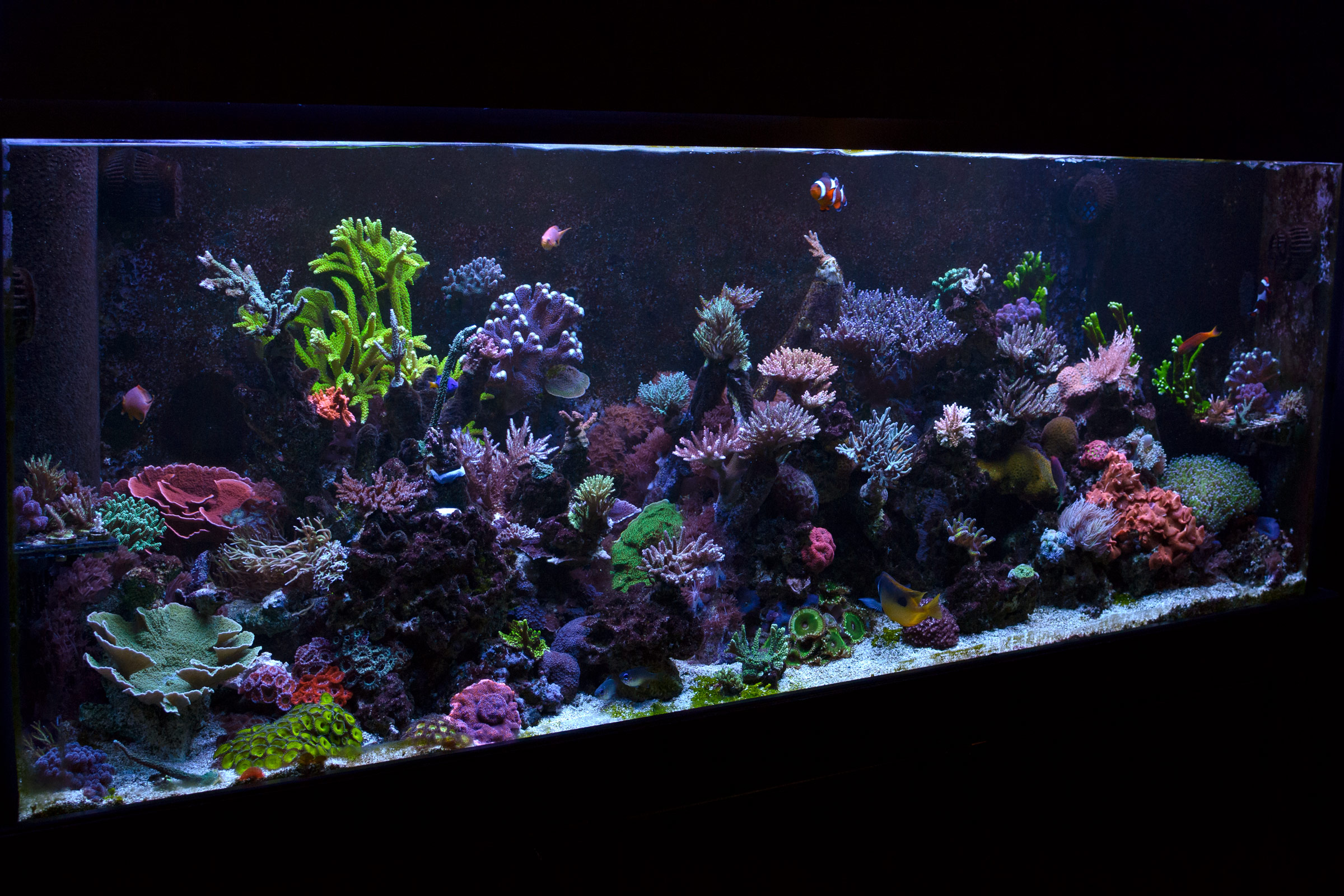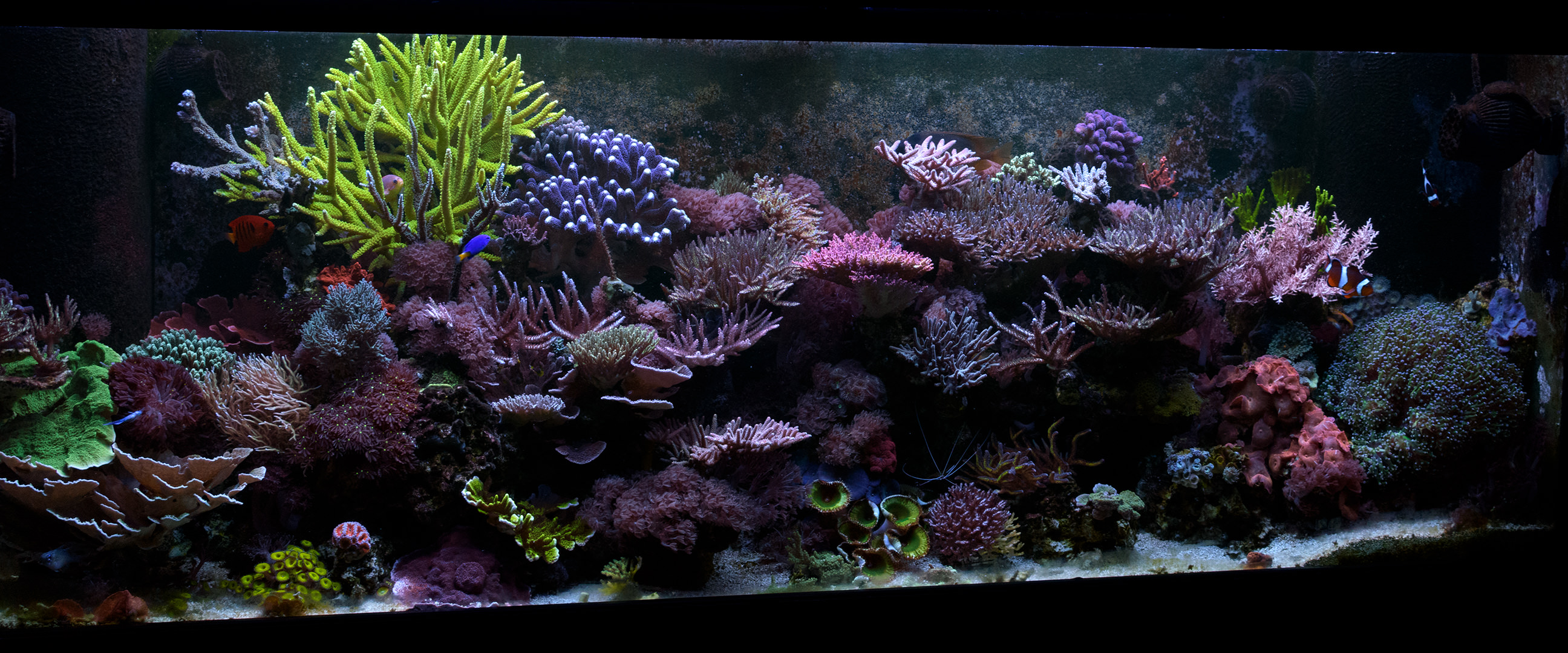So the experiments in Randy's article are not true and not science?
I wasn't aware of that paper and it's good to see, however it doesn't automatically disqualify other research as not scientific.
But I am not one for parroting information. I showed my tank and winning the acro growout contest with 0 detectable phosphate. If one doesn't like that growth or looks of that system that's perfectly fine, but ime don't listen to people without seeing what they have accomplished in the hobby.
I wasn't aware of that paper and it's good to see, however it doesn't automatically disqualify other research as not scientific.
But I am not one for parroting information. I showed my tank and winning the acro growout contest with 0 detectable phosphate. If one doesn't like that growth or looks of that system that's perfectly fine, but ime don't listen to people without seeing what they have accomplished in the hobby.




















